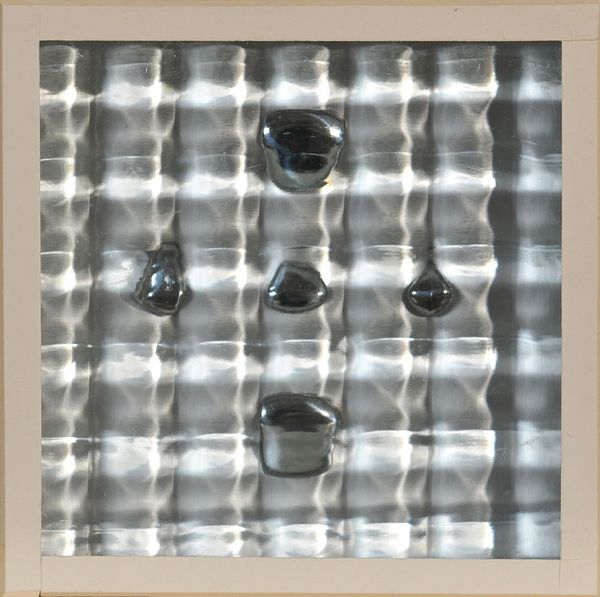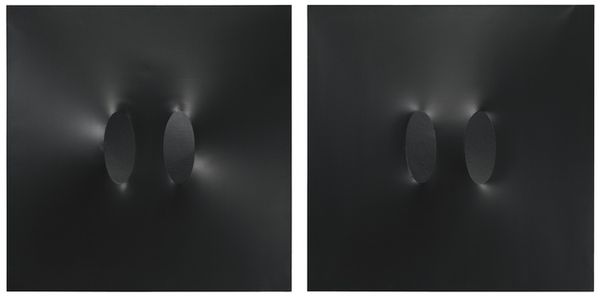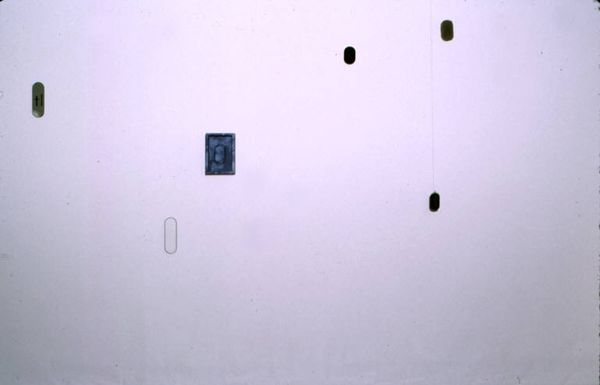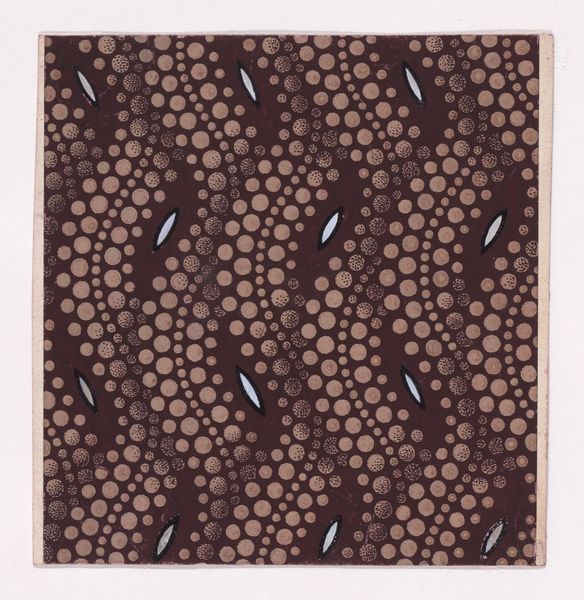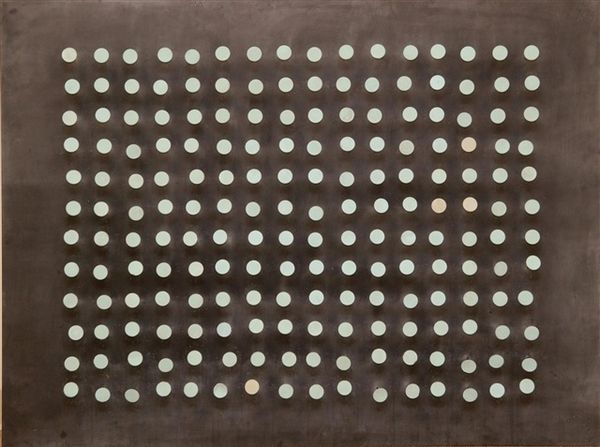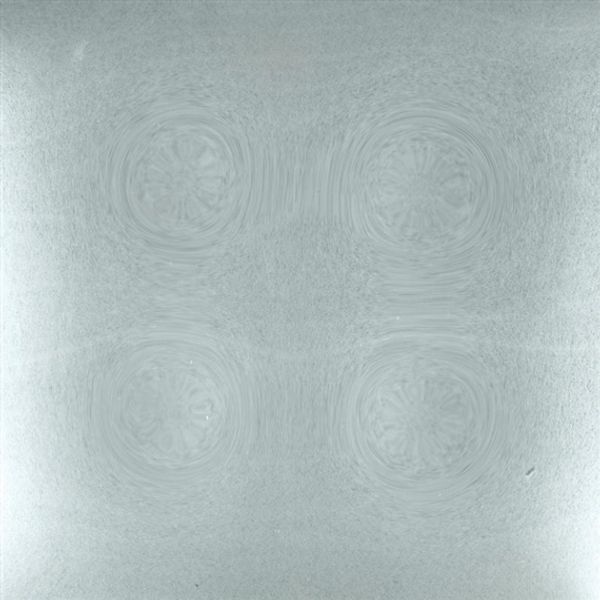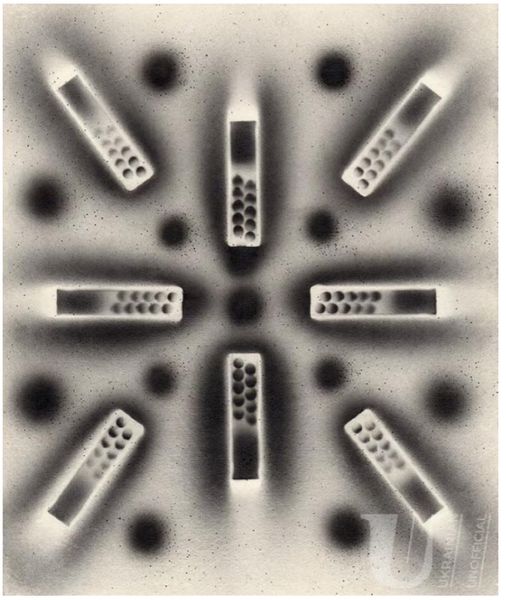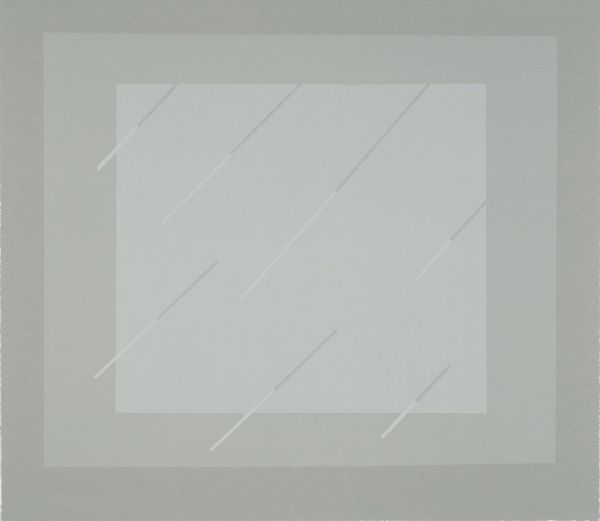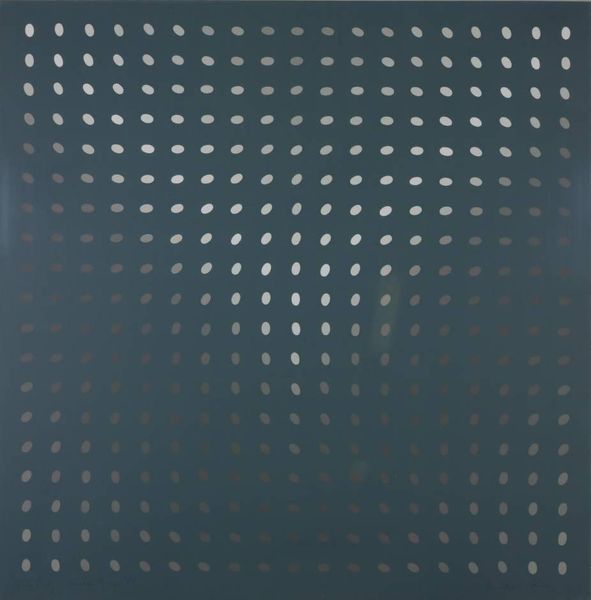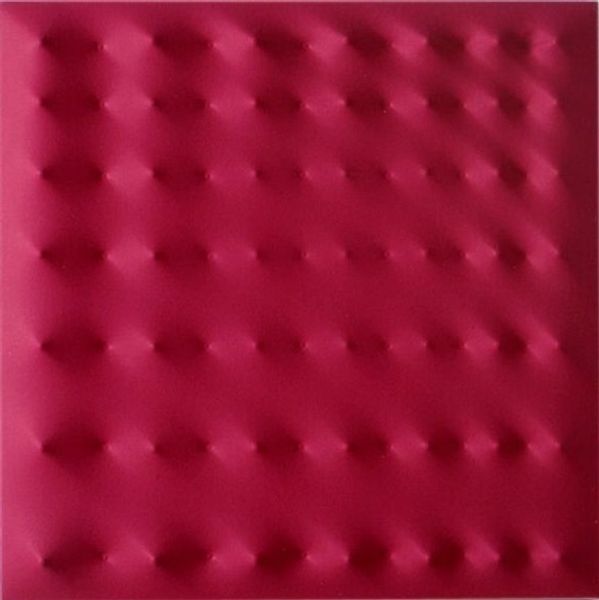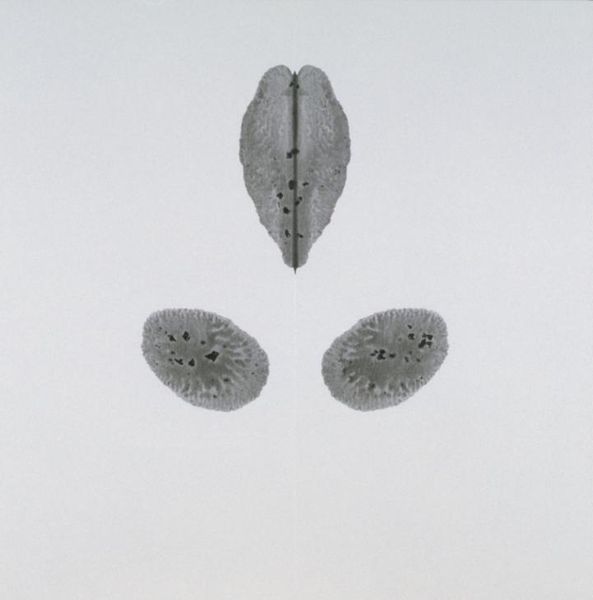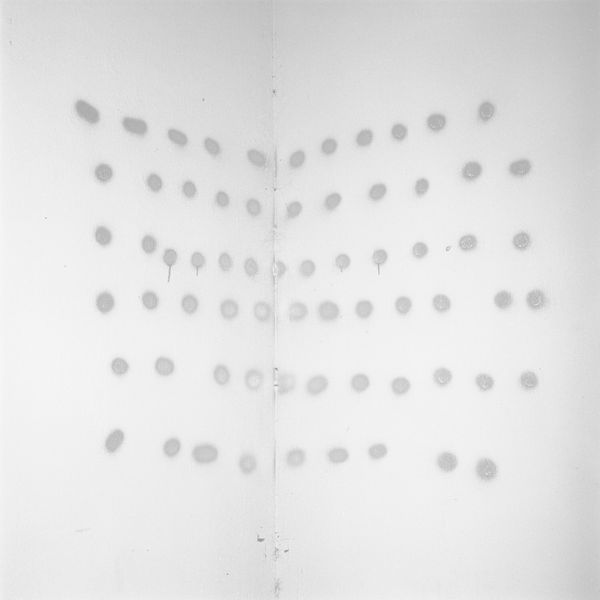
#
non-objective-art
#
minimalism
#
abstract pattern
#
minimal pattern
#
organic pattern
#
geometric
#
matter-painting
Copyright: Enrico Castellani,Fair Use
Editor: We're looking at Enrico Castellani’s "Superficie Bianca" from 1967. It appears to be a canvas with protrusions that create a subtle, geometric pattern. It's very quiet and contemplative. How do you read a piece like this in its historical moment? Curator: In 1967, Minimalism was challenging the established art world. Works like this directly question the role of the artist and the art object itself. Castellani, along with other Italian artists, moved away from traditional painting, exploring surface and form, almost negating representation. Editor: So, the bumps are kind of a statement against... what, exactly? Curator: Against the dominance of expressive painting, of Abstract Expressionism. Think about the social context: a rising consumer culture, questioning of authority, a desire to strip things down to their essential form. What's visible becomes as important as what's not there. How do you think its monochrome nature influences its reception by a wider audience? Editor: I think it becomes more accessible, in a way. There are no obvious symbols to decode, yet the tactile quality draws you in. Curator: Exactly. The gallery space becomes critical; its whiteness amplifies the effect, demanding the viewer’s participation to activate it. It highlights the performative aspect, blurring the line between the artwork, the viewer, and the architecture around them. Editor: I hadn't considered the space as such an active element! It reframes the object. Curator: Absolutely! And remember that museums play a key role in framing minimalist pieces like this one. Without this historical framework, pieces such as Castellani’s may be misunderstood, but now we can better appreciate its role and value. Editor: I see it in a totally different way now. Thanks for expanding my understanding.
Comments
No comments
Be the first to comment and join the conversation on the ultimate creative platform.
